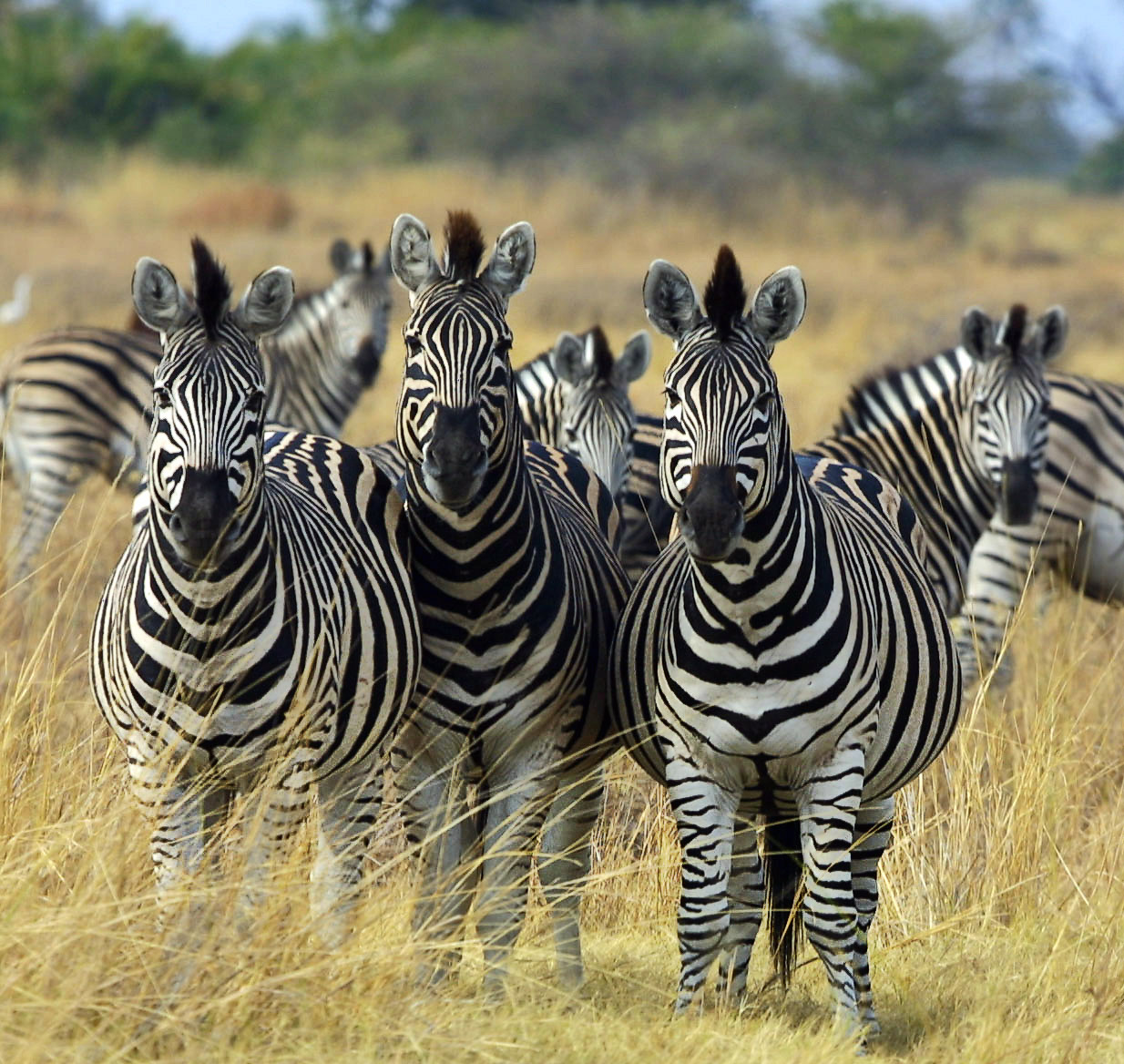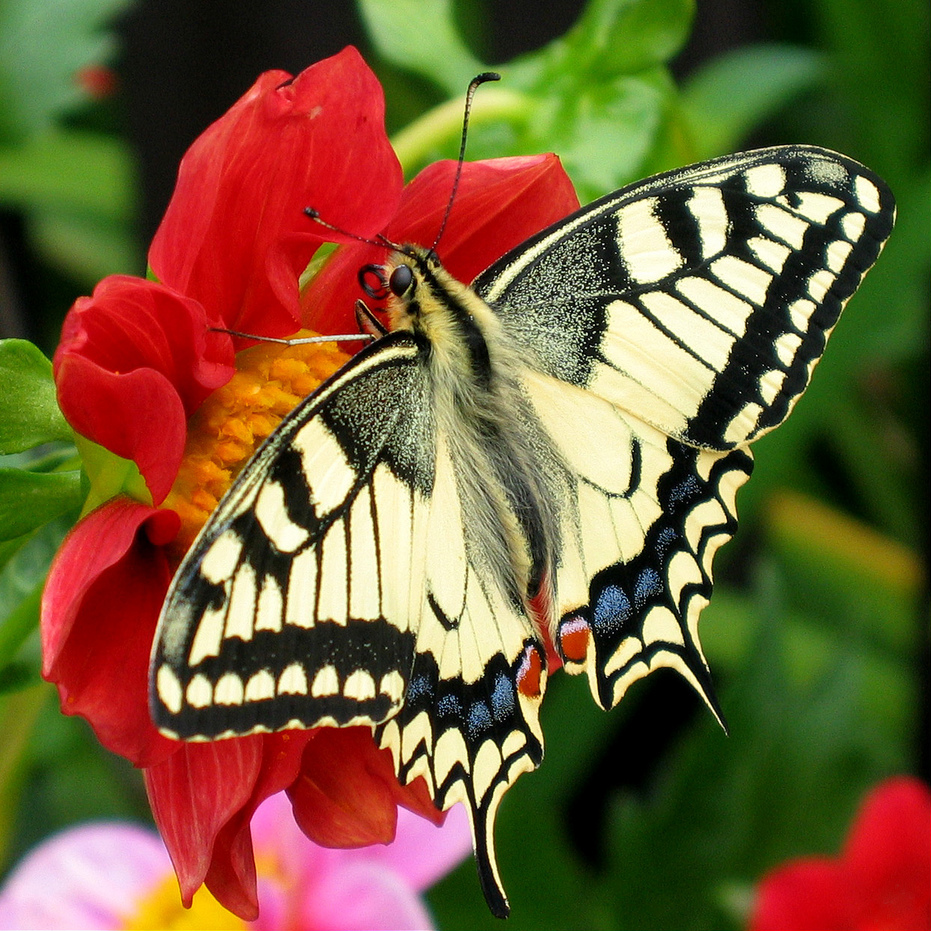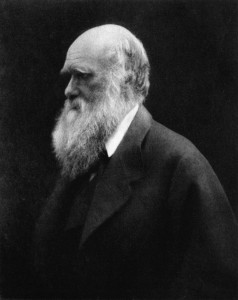Is every feature that arises from evolution an adaptation? Some evolutionary biologists think not. That is, some traits arising from the process of natural section may be due to random occurrences that natural selection failed to discard. And, it seems that smaller organisms show this quite well. To many adaptationists this is heretical — but too some researchers it opens a new, fruitful avenue of inquiry, and may lead to a fine tuning in our understanding of the evolutionary process.
From New Scientist:
I have spent my life working on slime moulds and they sent me a message that started me thinking. What puzzled me was that two different forms are found side-by-side in the soil everywhere from the tundra to the tropics. The obvious difference lies in the tiny stalks that disperse their spores. In one species this fruiting body is branched, in the other it is not.
I had assumed that the branched and the unbranched forms occupied separate ecological niches but I could not imagine what those niches might be. Perhaps there were none and neither shape had an advantage over the other, as far as natural selection was concerned.
I wrote this up and sent it to a wise and respected friend who responded with a furious letter saying that my conclusion was absurd: it was easy to imagine ways in which the two kinds of stalks might be separate adaptations and co-exist everywhere in the soil. This set me thinking again and I soon realised that both my position and his were guesses. They were hypotheses and neither could be proved.
There is no concept that is more central to evolution than natural selection, so adding this extra dimension of randomness was heresy. Because of the overwhelming success of Darwin’s natural selection, biologists – certainly all evolutionary biologists – find it hard to believe that a feature of any organism can have arisen (with minor exceptions) in any other way. Natural selection favours random genetic mutations that offer an advantage, therefore many people believe that all properties of an organism are an adaptation. If one cannot find the adaptive reason for a feature of an organism, one should just assume that there was once one, or that there is one that will be revealed in the future.
This matter has created some heated arguments. For example, the renowned biologists Stephen Jay Gould and Richard Lewontin wrote an inflammatory paper in 1979 attacking adaptionists for being like Dr Pangloss, the incurable optimist in Voltaire’s 1759 satire Candide. While their point was well taken, its aggressive tone produced counterattacks. Adaptionists assume that every feature of an organism arises as an adaption, but I assume that some features are the results of random mutations that escape being culled by natural selection. This is what I was suggesting for the branched and unbranched fruiting bodies of the slime moulds.
How can these organisms escape the stranglehold of selection? One explanation grabbed me and I have clung to it ever since; in fact it is the backbone of my new book. The reason that these organisms might have shapes that are not governed by natural selection is because they are so small. It turns out there are good reasons why this might be the case.
Development is a long, slow process for large organisms. Humans spend nine months in utero and keep growing in different ways for a long time after birth. An elephant’s gestation is even longer (about two years) and a mouse’s much shorter, but they are all are vastly longer than a single-cell microorganism. Such small forms may divide every few hours; at most their development may span days, but whatever it is it will be a small fraction of that of a larger, more complex organism.
Large organisms develop in a series of steps usually beginning with the fertilisation of an egg that then goes through many cell divisions and an increase in size of the embryo, with many twists and turns as it progresses towards adulthood. These multitudinous steps involve the laying down of complex organs such as a heart or an eye.
Building a complex organism is an immense enterprise, and the steps are often interlocked in a sequence so that if an earlier step fails through a deleterious mutation, the result is very simple: the death of the embryo. I first came across this idea in a 1965 book by Lancelot Law Whyte called Internal Factors in Evolution and have been mystified ever since why the idea has been swallowed by oblivion. His thesis was straightforward. Not only is there selection of organisms in the environment – Darwinian natural selection, which is external – but there is also continuous internal selection during development. Maybe the idea was too simple and straightforward to have taken root.
This fits in neatly with my contention that the shape of microorganisms is more affected by randomness than for large, complex organisms. Being small means very few development steps, with little or no internal selection. The effect of a mutation is likely to be immediately evident in the external morphology, so adult variants are produced with large numbers of different shapes and there is an increased chance that some of these will be untouched by natural selection.
Compare this with what happens in a big, complex organism – a mammal, say. Only those mutations that occur at a late stage of development are likely to be viable – eye or hair colour in humans are obvious examples. Any unfavourable mutation that occurs earlier in development will likely be eliminated by internal selection.
Let us now examine the situation for microorganisms. What is the evidence that their shapes are less likely to be culled by natural selection? The best examples come from organisms that make mineral shells: Radiolaria (pictured) and diatoms with their silica skeletons and Foraminifera with their calciferous shells. About 50,000 species of radiolarians have been described, 100,000 species of diatoms and some 270,000 species among the Foraminifera – all with vastly different shapes. For example, radiolarian skeletons can be shaped like spiny balls, bells, crosses and octagonal pyramids, to name but a few.
If you are a strict adaptionist, you have to find a separate explanation for each shape. If you favour my suggestion that their shapes arose through random mutation and there is little or no selection, the problem vanishes. It turns out that this very problem concerned Darwin. In the third (and subsequent) editions of On the Origin of Species he has a passage that almost takes the wind out of my sails:
“If it were no advantage, these forms would be left by natural selection unimproved or but little improved; and might remain for indefinite ages in their present little advanced condition. And geology tells us that some of the lowest forms, as the infusoria and rhizopods, have remained for an enormous period in nearly their present state.”
Read the entire article here.



